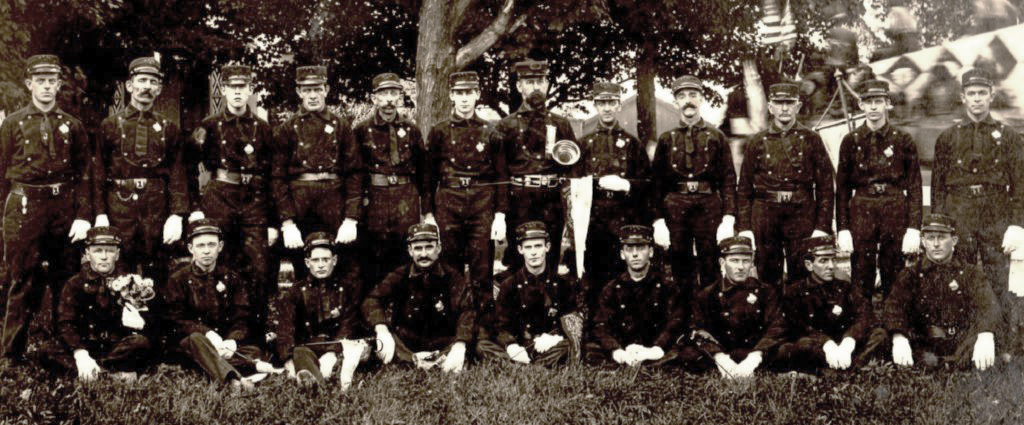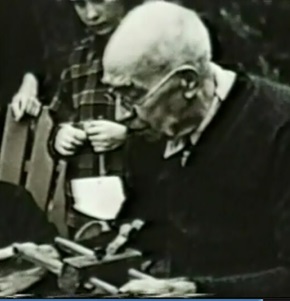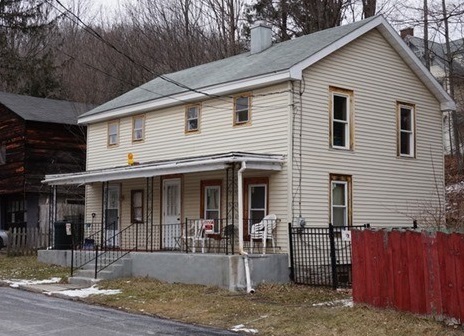
Margaretville’s Finest

This photo, donated to HSM by Ed and Janet Vermilyea, shows the Margaretville Fire Department at the 1909 Hudson Fulton Celebration in Kingston.
Identifications penciled on the back of the photograph by Ed’s mother included:
front, l to r., Nealy Ackerley, Harry Eckert, ?, Chan Squires, ?, Earl VanValkenburgh, ?, ?, Charles Boyd. Rear: John Dickman, ? Froman, Ralph Mungle, Tom Edwards, Jay Gulnick, Stanley Bussy, Homer Shaver, Don Stewart, Will Delameter, Dr. Allaben, Harold Baker and Pete Cramer.



